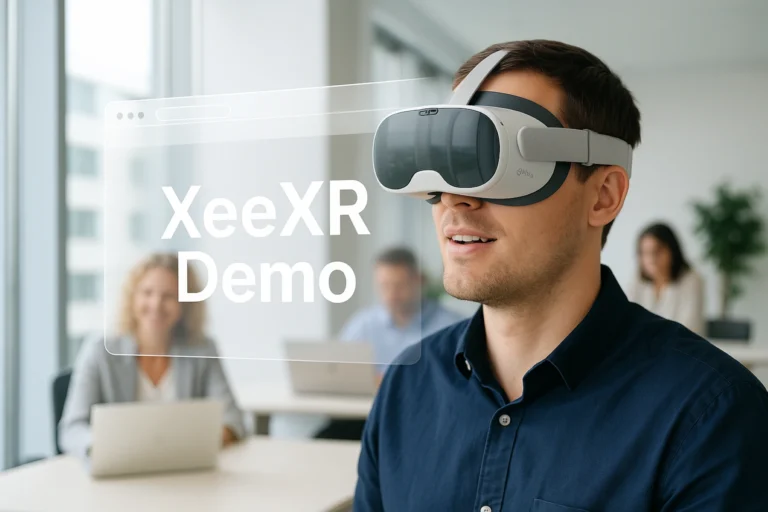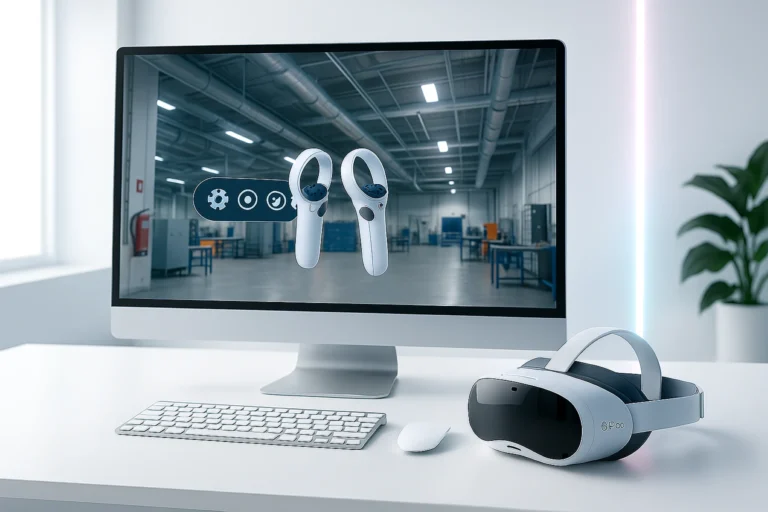Remote Assistance via a VR headset
GOTOVIAR introduces a new standard and a global first in remote support.
Remote Assistance via a VR headset is now a practical reality.
For the first time, organizations can provide live remote guidance by seeing through the eyes of a standalone VR headset user, with the user working completely hands-free, while the expert provides real-time support from a different location. The entire system runs in the browser, with no additional software installation required.
GOTOVIAR is the first to launch a solution that enables experts to literally see what the VR headset user sees. Everything in the user’s field of view is streamed in high definition to a remote expert, whether they’re working from an office, from home, or anywhere else in the world.
The expert monitors the situation on a laptop, desktop or mobile device, and provides direct support through voice communication, visual cues, or shared content. No physical presence is required, yet the expert has full visibility into the live context.
This marks the initial experimental phase of Remote Assistance via a VR headset: a concrete, functioning solution that is still in development, but already deployable for forward-thinking organizations eager to explore what’s possible today.
A new way of supporting, training, and communicating, built on speed, precision, and a latency-free HD video and audio stream.
XeeXR
Introducing XeeXR: Remote Assistance via a VR headset, redefined
To clearly position this innovation in the market, GOTOVIAR is launching the service under a dedicated name: XeeXR (pronounced “See XR”).
The name is derived from the word See, to observe, to look closely, combined with XR, short for Extended Reality. Together, it perfectly captures what the technology enables: real-time observation and interaction within a spatial, digital environment.
XeeXR represents direct, visual collaboration at a distance via an XR device, real-time, hands-free, and fully accessible through the browser. The platform is designed to be device-agnostic, allowing organizations to flexibly combine various types of hardware and network infrastructure depending on their needs, context, or operational environment.
Want to see how Remote Assistance with XeeXR works?
A fundamental shift beyond local VR casting
Most VR headsets today are primarily designed for local casting, streaming visuals to a nearby TV, mobile device or desktop within the same network.
XeeXR takes a fundamentally different approach.
Instead of staying within the boundaries of a shared physical or network environment, XeeXR allows the user’s point of view inside the VR headset to be streamed externally via an internet connection. Not within a single room. Not within a local network. But across locations, worldwide and without restrictions.
This architecture opens the door to scenarios that local casting simply can’t support: true remote assistance, collaboration across sites, centralized monitoring, and the flexible deployment of expertise without travel.
In that sense, XeeXR is not an extension of existing casting features, it’s a new streaming communication channel, purpose-built for situations where physical presence is not an option.
See-through vs. Passthrough: two approaches, two capabilities
In the world of Extended Reality, there are two main ways to visualize the physical environment: see-through and passthrough.
See-through:
See-through technology is commonly used in smartglasses. Users look directly through transparent lenses, onto which digital elements are projected as a visual overlay. This is ideal for use cases where maintaining an uninterrupted view of the real world is critical.
However, see-through devices often have limited onboard processing power. For more complex applications, external computing units or tethered hardware are typically required.
Passthrough:
Passthrough, as used in standalone VR headsets, works fundamentally differently. Instead of looking through glass, the user sees a high-resolution digital reconstruction of the real world, captured through cameras and combined with overlays, projections, and digital instructions.
For applications like Remote Assistance via a VR headset, passthrough offers significant advantages. A VR headset functions as a self-contained, high-performance computer, with built-in audio, microphone, Wi-Fi, and processing power. This allows for rich, interactive and precise visual cues, such as arrows, markers, instructions or even 3D models to be displayed directly in the user’s field of view, without the need for external rendering devices.
The result is a fully integrated guidance system, where the expert doesn’t just watch, but actively supports the user with maximum clarity, precision, and impact.
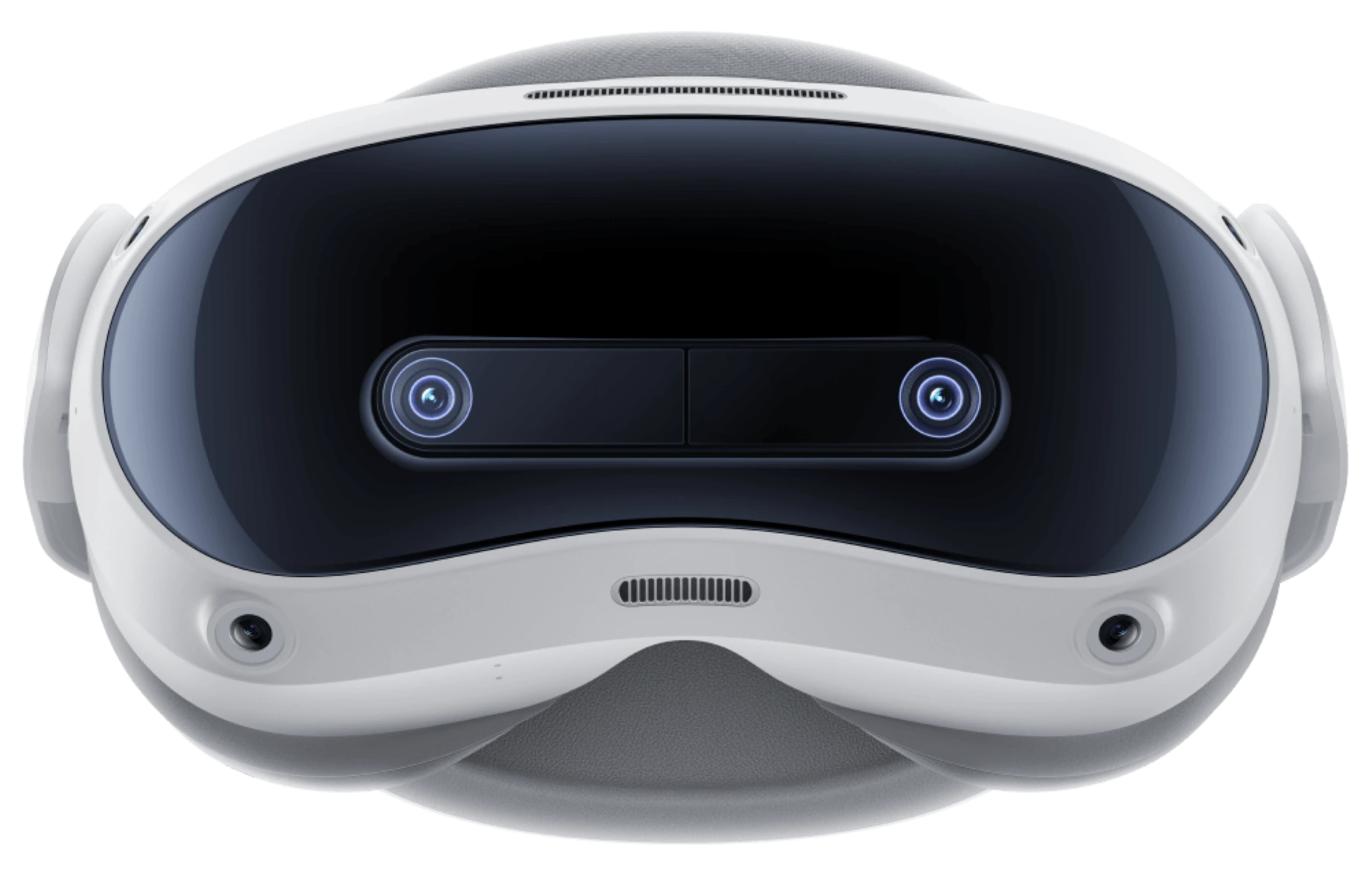
Developed on the Pico 4 Enterprise
The first experimental version of Remote Assistance via a VR headset was developed on the Pico 4 Enterprise, a powerful, high-quality standalone VR headset widely used in enterprise environments. More than just a capable device, it provided the technological foundation for XeeXR’s first deployment.
This breakthrough was made possible thanks to the active collaboration of the Pico team, particularly their willingness to unlock access to the headset’s cameras. While many manufacturers enforce strict limitations around camera use, Pico enabled the freedom to innovate. That openness was essential, as the biggest technical barrier was precisely this: breaking through closed systems that had previously made Remote Assistance from within a headset nearly impossible.
The Pico 4 Enterprise delivers outstanding HD image quality, sharp, smooth, and with a wide field of view that’s critical for effective remote observation. The audio experience is equally impressive: voices sound clear and natural, as if the expert were standing next to the user.
Combined with a developer-friendly platform, the headset is exceptionally well suited for professional use cases like XeeXR.
To enable camera access, GOTOVIAR developed a lightweight, custom-built application that installs easily on the device. No complex setup, no workarounds, just a direct, user-friendly solution ready for deployment in real-world environments.
Read more about Pico 4 Enterprise VR headset
Our roadmap: phased development in co-creation with the field
XeeXR is designed as a scalable platform with a clear long-term vision. What’s available today forms only the foundation. Further development will follow a phased approach, in close collaboration with organizations that actively test and co-develop in real-world environments.
Ease of use, visual clarity, and professional applicability remain at the core of every feature we build.
In the next phases, we are working toward several powerful extensions:
Expert dashboard
A comprehensive desktop interface will allow experts to manage live sessions with full control. Features such as camera feeds, annotations, object selection, communication, and session logging will be unified in one central control panel.
3D object integration
Our existing AR-layer technology will be integrated into XeeXR, enabling the projection of 3D models, components, or procedural workflows directly into the user’s VR environment, enhancing clarity and spatial understanding.
Screen sharing
Experts will be able to share their screen or a selected application window as an overlay in the user’s VR headset. This makes it easy to provide schematics, diagrams, or visual step-by-step instructions in real time.
Visual annotations
During live sessions, experts will be able to mark elements within the user’s field of view, with arrows, circles, or temporary highlights. This eliminates ambiguity and allows precise, non-verbal guidance.
This roadmap is dynamic and evolves with the needs of the field. Every feature is developed and validated in co-creation with our partners, ensuring that Remote Assistance via a VR headset remains relevant, technically robust, and immediately applicable in demanding operational environments.
Our existing AR technology
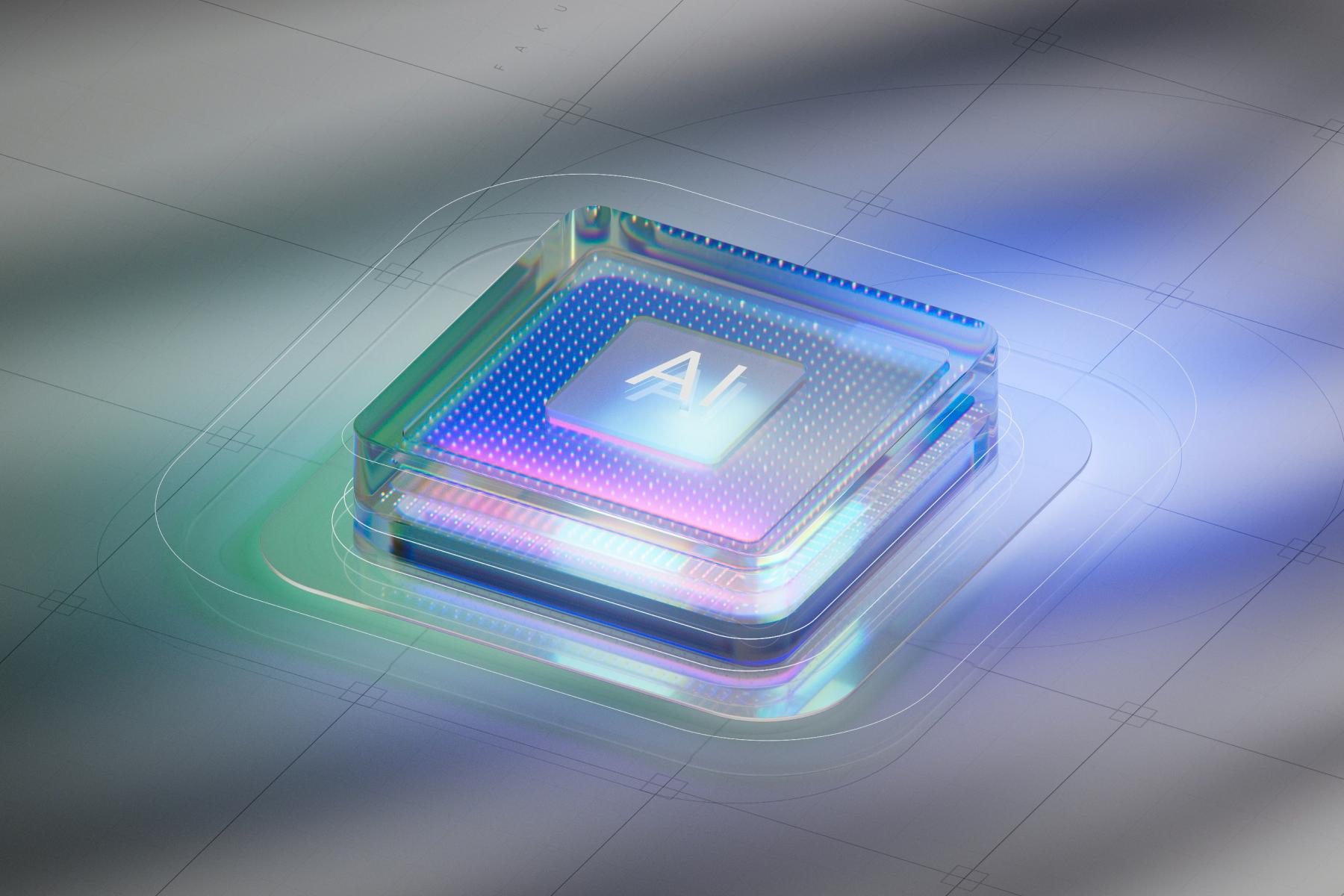
Parallel roadmap: AI as an intelligent layer within XeeXR
GOTOVIAR has already successfully integrated multiple AI functionalities into existing XR solutions. This accumulated expertise now forms the basis for the next step: applying AI within XeeXR.
In a parallel development track, several AI integrations are being developed as modular extensions to the platform. These capabilities are designed to enable not just visual, but also intelligent, context-aware, hands-free, and language-independent guidance.
Planned AI capabilities include:
Speech-to-speech translation
Real-time translation of spoken instructions between expert and user, eliminating language barriers in remote collaboration.
Object recognition
AI identifies components, machines, or environments in the video feed and immediately links them to relevant information.
BIM data integration
Connections to Building Information Modeling (BIM) systems allow users to query real-time information about materials, locations, or assembly sequences, directly via voice.
AI agent in the headset
A voice-activated assistant that understands commands, answers questions, and guides users step-by-step through procedures. Fully integrated in the VR experience and adaptable to sector-specific expertise.
All AI capabilities within XeeXR are integrated by GOTOVIAR, either through secure API connections to existing AI platforms, or via a dedicated, private server environment. The chosen approach depends on the application, the required level of data control, and the organization’s security and compliance needs.
This flexibility ensures that AI solutions within Remote Assistance via a VR headset always align with the user’s operational environment, safety policies, and strategic objectives.
AI in XR
Sectors where Remote Assistance via a VR headset delivers immediate value
XeeXR is built for environments where visual remote guidance has a direct impact on continuity, quality, and cost control. In various industries, Remote Assistance via a VR headset can offer measurable and strategic benefits:
Sectors:
Technical services
Real-time support during maintenance, diagnostics, and system calibration. Reduced dependency on senior staff, faster problem resolution, and fewer travel-related delays.
Training & education
Remote practical training and simulation, with optional session recording for review. Accelerates learning, lowers training costs, and enables scalable knowledge sharing.
Healthcare & nursing
Remote guidance during medical procedures. Improves quality of care, allows flexible use of specialists, and reduces workload for frontline healthcare teams.
Industrial operations
Visual assistance during assembly, quality checks, or troubleshooting. Reduces downtime, improves efficiency, and facilitates instant knowledge transfer across locations.
Cross-sector benefits:
- Lower travel costs and reduced CO₂ emissions
- Higher availability of expert knowledge
- Enhanced logging, traceability, and compliance
- Fewer errors, faster execution, and improved operational continuity
These examples are just the beginning. Anywhere physical presence is difficult, but visual guidance is critical, Remote Assistance via a VR headset with XeeXR offers a breakthrough solution.
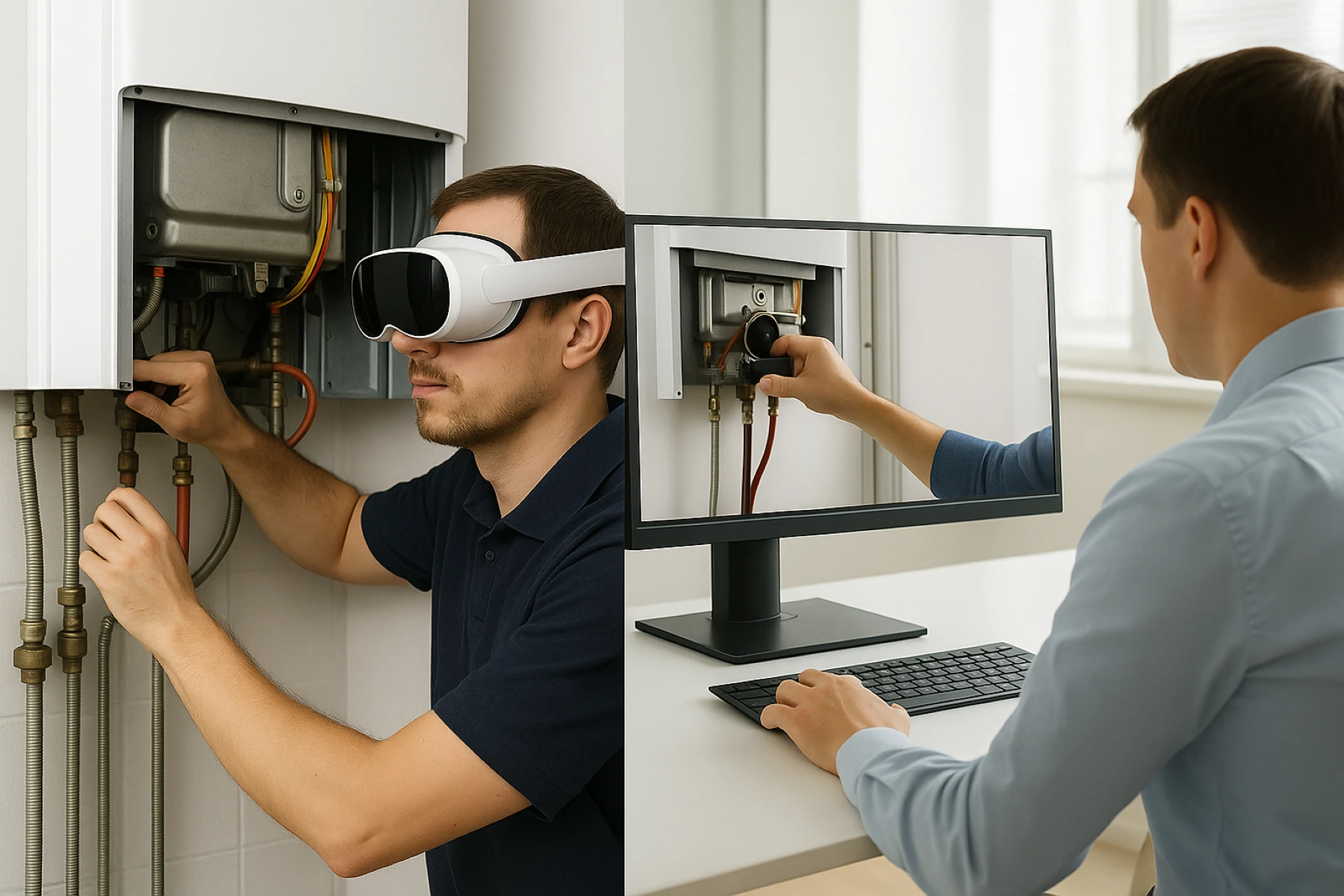
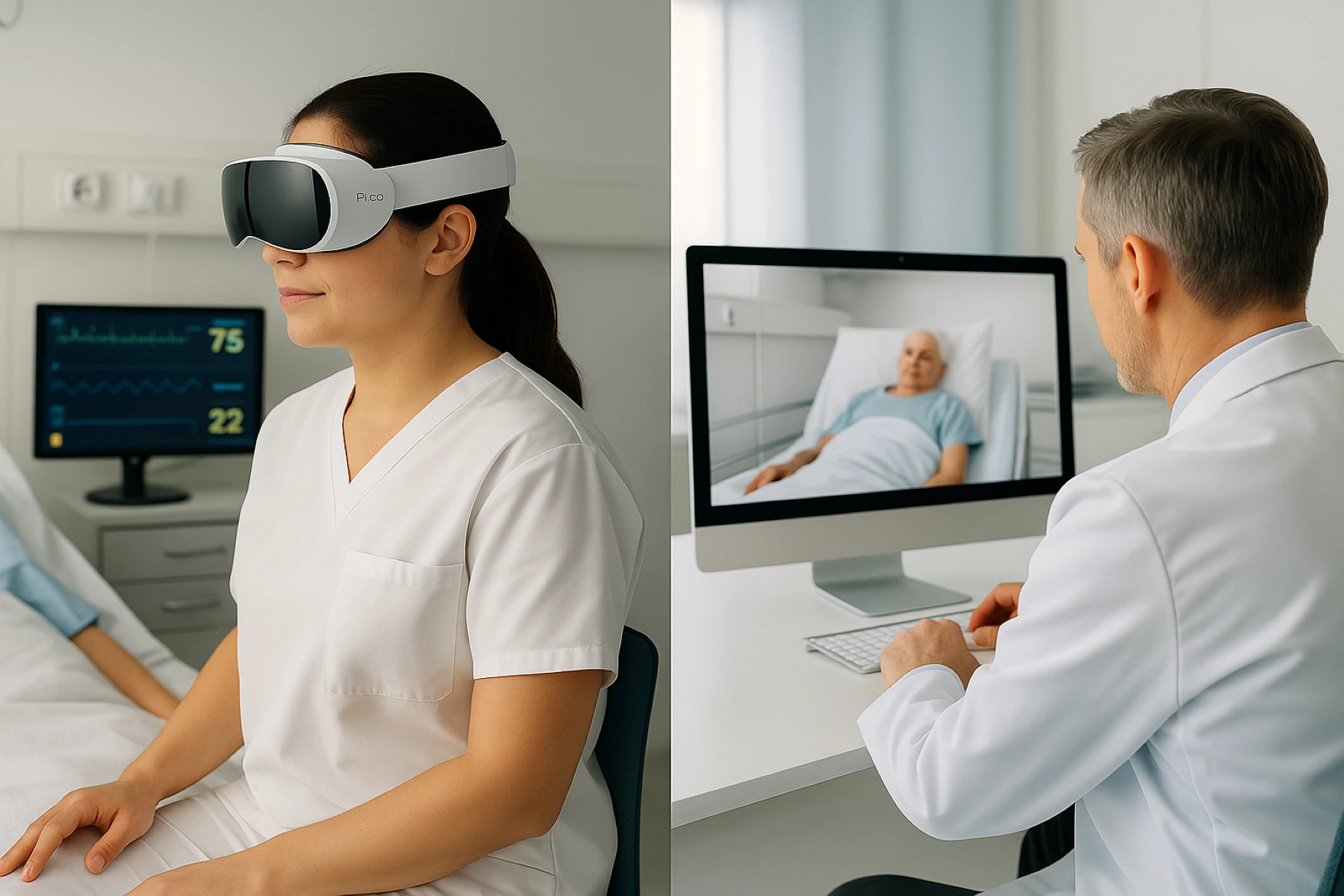
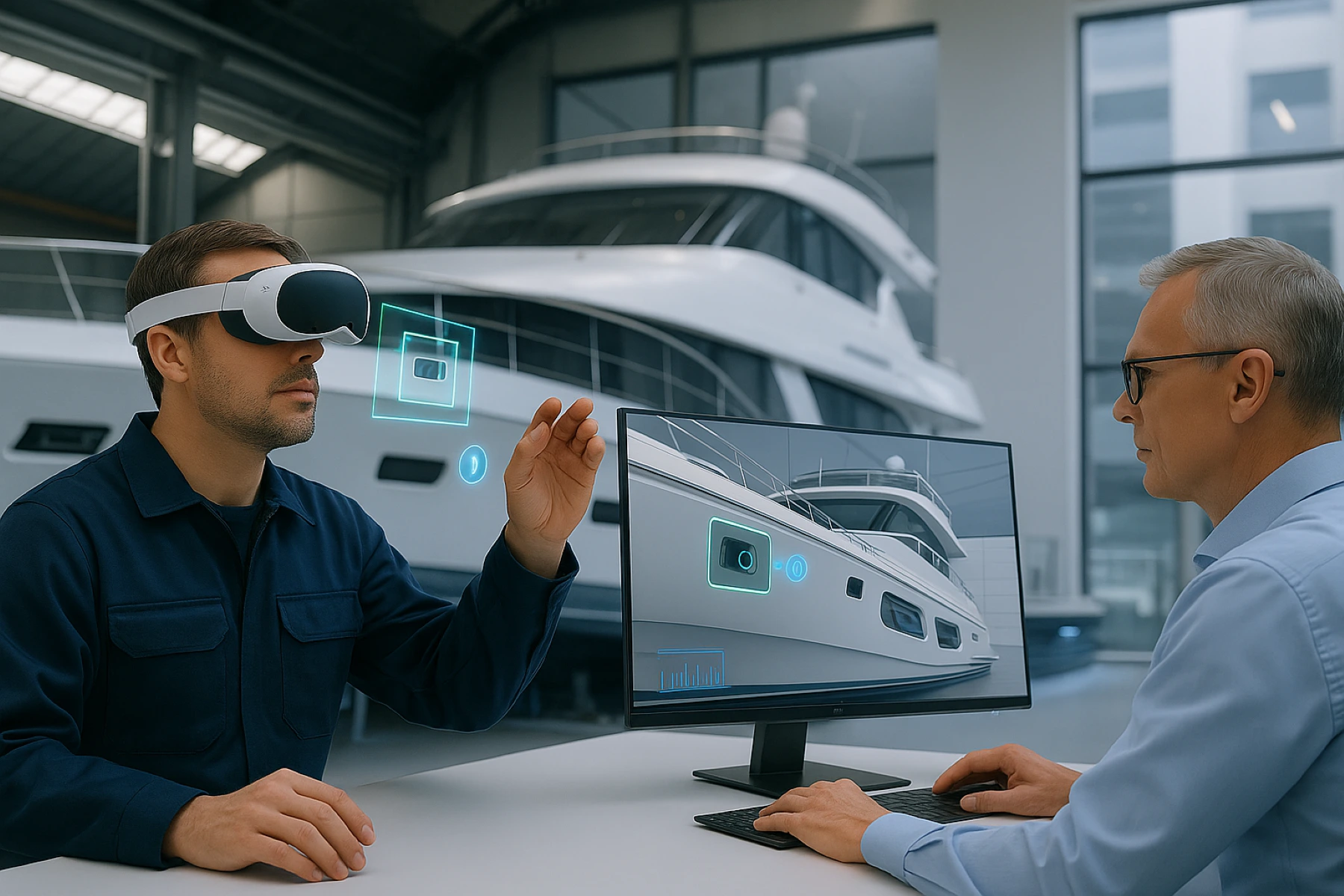
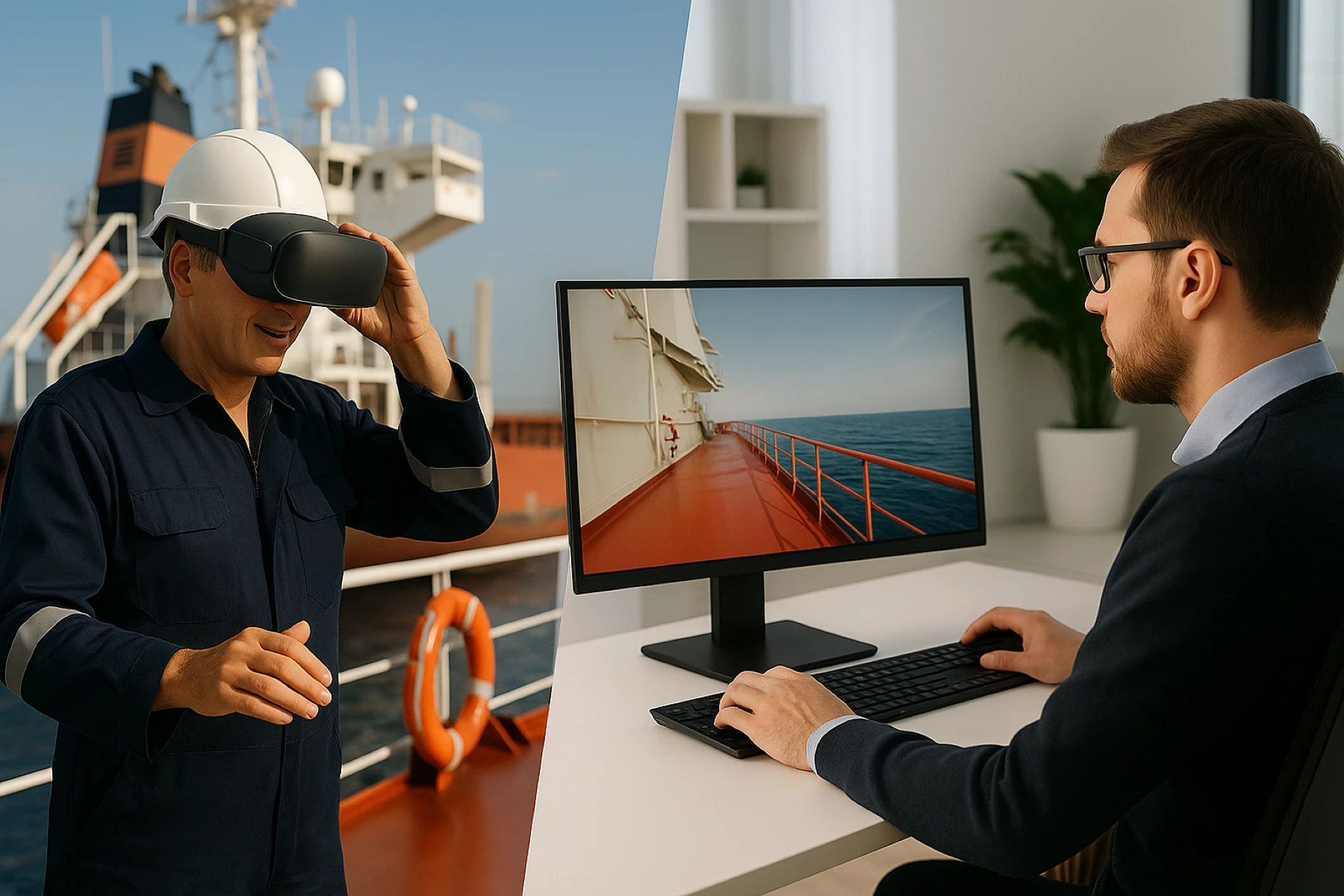
Remote Assistance via a VR headset: real-time collaboration, measurable results
With XeeXR, GOTOVIAR transforms the VR headset into a powerful tool for professional remote collaboration. Not as a gimmick or prototype, but as a serious enterprise platform that helps organizations accelerate processes, reduce costs, and optimize the deployment of expertise.
Remote Assistance via a VR headset enables experts to guide field personnel in real time. The user wears a standalone headset and remains fully hands-free and focused on the task. The expert, located elsewhere, watches the live video feed, provides spoken instructions or visual cues, and can even project screen-based information directly into the user’s field of view.
The real challenge is not the technology itself, but turning it into a seamless part of daily operations.
A VR headset only becomes truly valuable when it moves beyond being a standalone tool and evolves into an integrated, intuitive, and reliable part of your business process.
XeeXR makes that transition possible.
By enabling direct interaction between expert and field worker, XeeXR helps reduce errors, save valuable time, and eliminate the need for physical presence. The result: fewer travel movements, higher operational efficiency, and a demonstrably better ROI.
XeeXR is scalable, device-agnostic, and fully browser-based. GOTOVIAR delivers the complete solution, from development and deployment to AI integration and industry-specific customization.
Ready to experience what Remote Assistance via a VR headset can do for your organization?
This technology is no longer a future promise, it’s here, today.
XeeXR is live, working in practice, and already proving that remote collaboration can be more efficient, faster, and significantly more cost-effective.
GOTOVIAR invites forward-thinking organizations to co-create the next step in digital collaboration. Whether you operate in technical services, healthcare, manufacturing, education, or remote support, if your success relies on expertise, precision, and real-time response, now is the time to get involved.
We offer live demonstrations and exploratory sessions, allowing you to experience firsthand the power of Remote Assistance via a VR headset.
Already own a Pico 4 headset? You can begin testing immediately.
We’re open to collaboration with companies ready to innovate, with partners who want to lead, not follow. Whether you have a concrete use case, a bold idea, or simply want to explore the potential for your business: our team is ready to think alongside you and help turn vision into working reality.
Get in Touch!
Get in touch via info@gotoviar.com and discover how XeeXR can help your organization make expertise, support, and collaboration instantly available, anytime, anywhere.
The technology works. The impact begins the moment you experience it yourself.



